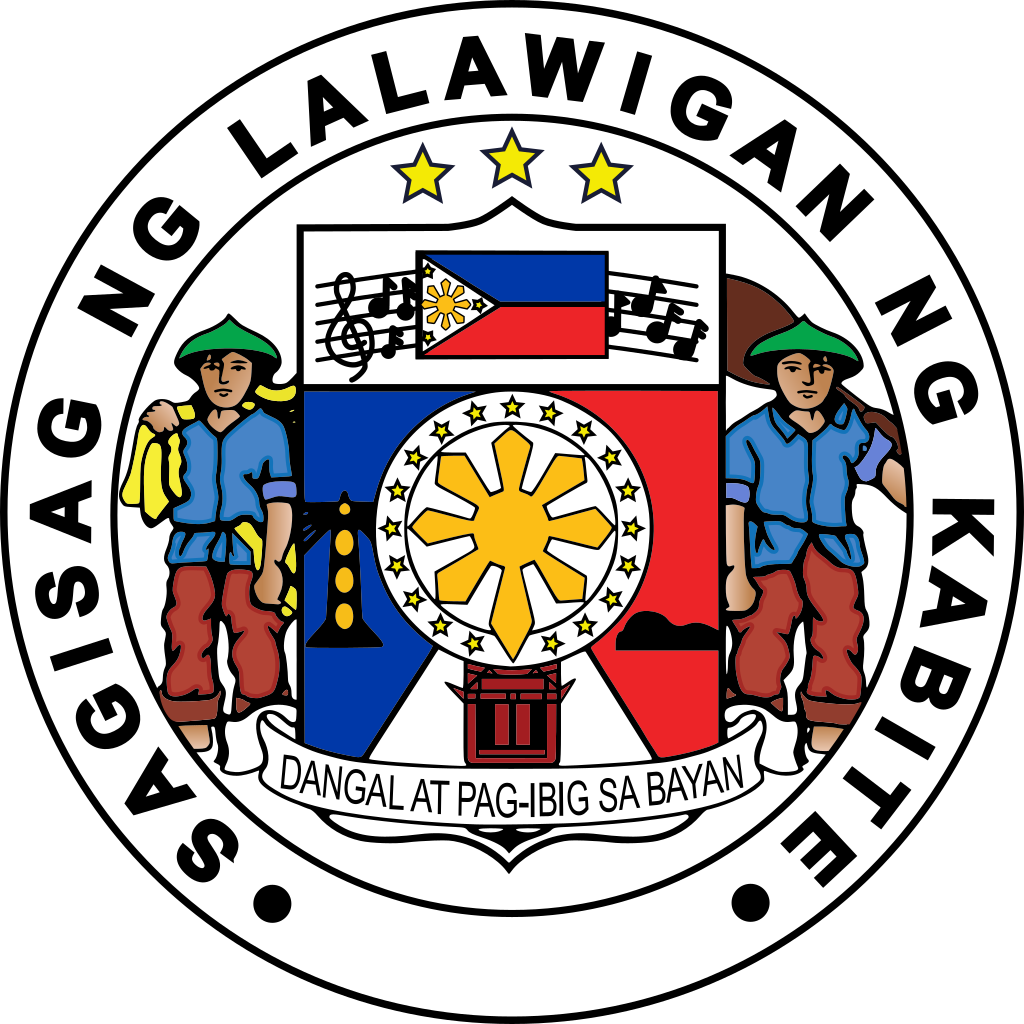Cavite
Official Website

The Philippine Revolution started in 1896, where Cavite took center stage as thousands of Katipuneros were liberated in most towns in Cavite. On September 12, 1896, thirteen prominent Caviteños, ten Freemasons, and three Katipuneros, were executed by a Spanish firing squad in Fort San Felipe, Cavite, due to the alleged connivance in the uprising. The execution of the thirteen influential Mile Long Barracks in Corregidor Islands Caviteños was aimed to halt the spread of upheaval that started in Cavite el Viejo (Kawit), San Francisco de Malabon (the City of Gen. Trias), and Noveleta. Conversely, all municipalities in Cavite took arms. After the battles of Binakayan and Calero on November 9 – 11, 1896, Spanish sovereignty in the province is terminated, except in Cavite Arsenal, the home base of the Spanish Far East Fleet.
The Cavite Mutiny of 1872 was the opening curt of the fray for the Filipino emancipation; however, the execution of the thirteen martyrs rang down the curtain for the Spanish regime in the Philippines.
The most prominent event in the history of the Philippines was the proclamation of Philippine independence on June 12, 1898, in Kawit. General Emilio Aguinaldo, as the president of the First Republic of the Philippines, proclaimed independence after a successful revolution by the Filipino people without any foreign aid. Aguinaldo then issued a manifesto on August 6, 1898, under the international law to secure the recognition of Philippine independence. He played a prominent and decisive role in the most significant chapter of the national history and its legacy as the first successful revolution in Asia.
